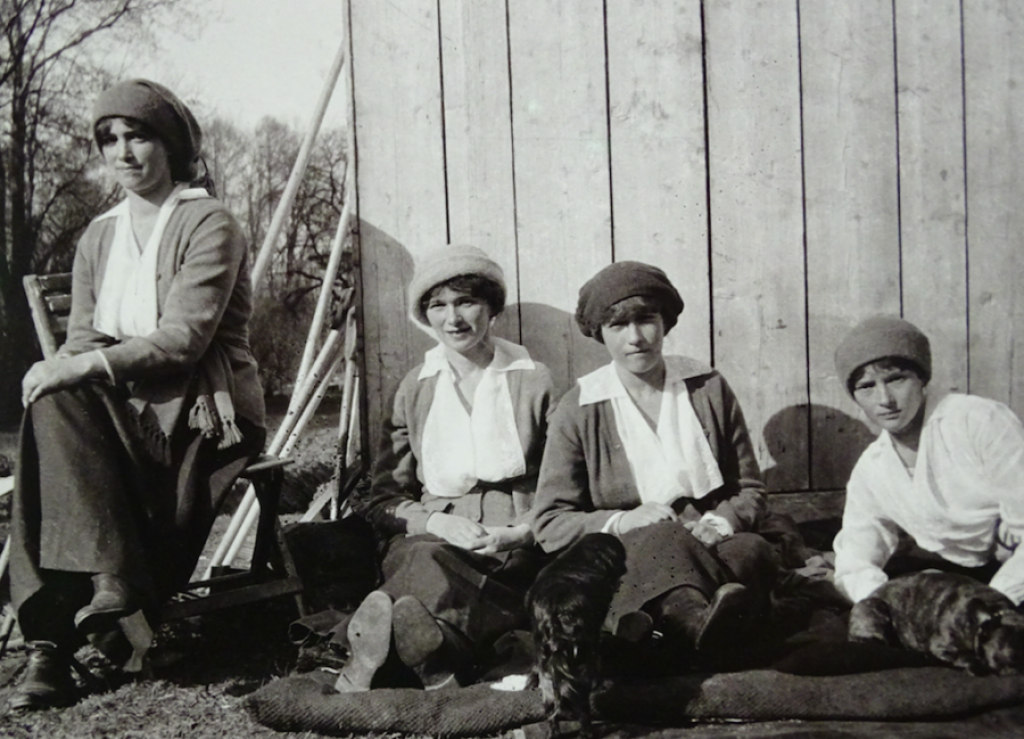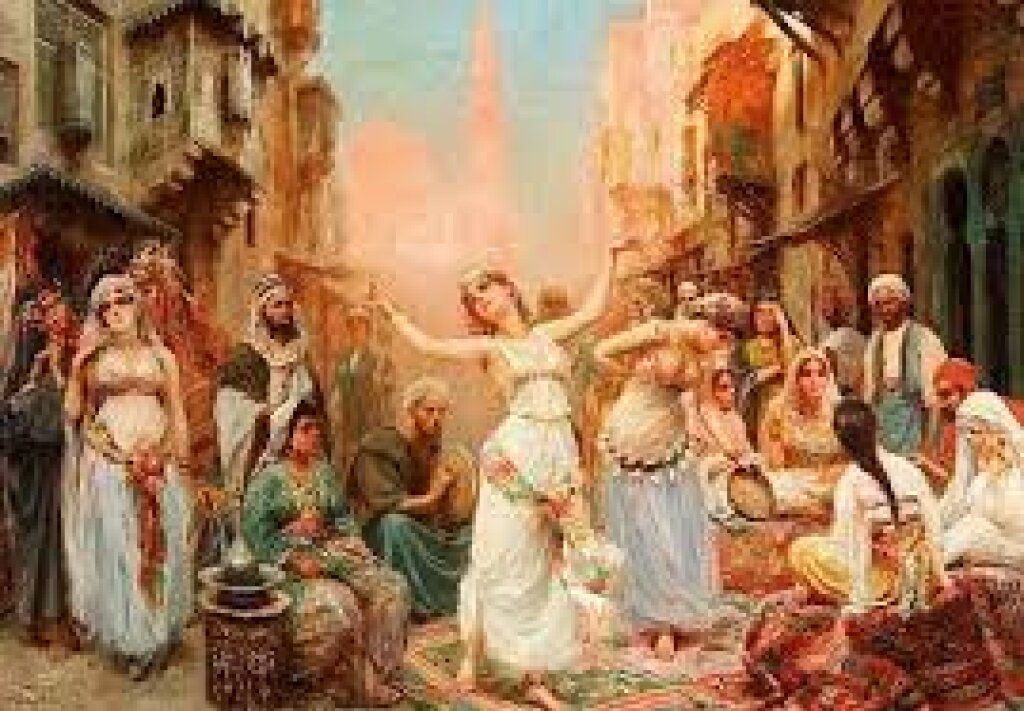Carolyn Pouncy, the managing editor of Kritika: Explorations in Russian and Eurasian History, writes fiction set in sixteenth-century Russia under the pen name C. P. Lesley.
In one of those odd cultural conjunctures that manifest themselves from time, perhaps because of the centennial of the Romanovs’ execution in 1918, the world’s attention has recently refocused on the long-dead Russian imperial family. Whether indirect—as in Alexei Uchitel’s film Matilda (2017) or Amazon Prime’s hit television series, The Romanoffs (2018)—or more direct (Ariel Lawhon’s I Was Anastasia [2018]; several Russian miniseries now being distributed by Jansen Media), the options available to Romanov buffs have seldom been richer.
It’s a cliché, of course, to point out that historical fiction often follows twisted paths that bear little resemblance to history. Whatever novelists say, fiction about the past can’t be historically accurate in the sense that scholars mean when they use that term. No matter how hard a novelist tries, the need for drama and immediacy and filled-in blanks leads to made-up characters, words put in people’s mouths, thoughts and dreams ascribed to them, and more. Scripts and screenplays, with their compressed time frames, lend themselves even more to a focus on emotional truth and messaging at the expense of the nuance and tolerance of ambiguity that are one of scholarship’s great benefits.
But what ties many of these recent fictional portrayals together is their shoehorning of the Romanovs into stories that stand quite well on their own. There has long been a reluctance to accept that the Bolsheviks could in fact wipe out the entire imperial family and for the next seventy-five years not feel bad about it. But the lasting conviction that Grand Duchess Anastasia survived has now expanded to include other members of the dynasty.
The Romanoffs, for example, follows self-identified descendants of the family around the globe. The series lurches from an unspecified Romanov relative reminiscent of an angrier version of Grand Duchess Swana in the 1938 film Ninotchka—but is at least not a surviving daughter and who lives in Paris under circumstances possible for unusually wealthy émigrés—to a boy in Australia whose sole connection with Nicholas II seems to be that he suffers from hemophilia. Along the way, it drops in on unhappy couples, a family curse, and a movie star fighting for her career while starring in a film about the Romanov murders, among other scenarios.
The series has received mixed reviews, but I found it well written, well acted, and generally enjoyable. Except for the movie star, though, why any of the characters need a connection to the historical Romanovs was no clearer to me at the end than at the beginning. You might think the directors had eight unrelated scripts and decided to throw in the Romanovs just to tie them together. The Windsors or the Astors could have served just as well.
I could make a similar point about Gill Paul’s two novels The Secret Wife (2016) and The Lost Daughter (2019). In these books, first Grand Duchess Tatiana, then Grand Duchess Maria, escape the cellar in Ekaterinburg and go on to live full and ultimately rewarding lives. Tatiana ends up in emigration; Maria remains in the nascent Soviet Union, where she endures revolution, civil war, the purges of the 1930s, and the Siege of Leningrad. The Lost Daughter ends with the postwar restoration of Peterhof in the 1970s, so it spans almost the entire Soviet period. In both cases, an additional contemporary story acts as a frame.
As novels about the Soviet experience, The Secret Wife and The Lost Daughter are lovely. They don’t need the grand duchesses as hooks. The lives of Tatiana and her “husband,” Dmitri Malama, capture the reality of once-privileged émigrés forced to live hand to mouth after the loss of their property and their homes. Maria’s story is even more compelling as she struggles to find her way in a new world that views her family as the enemy, where everything she once valued makes her vulnerable. They could be Maria and Tatiana Ivanova rather than Romanova, but the novels are well researched and deeply thought through.
Yet I wonder: is the story of the Russian Revolution and its consequences not worth telling on its own terms? Do we need to postulate surviving Romanovs and Romanov descendants for people to care?
Perhaps we do. Gill Paul, in her interview with Jennifer Eremeeva on the New Books Network, notes that the Romanovs are “a fairy tale that ended the wrong way,” which she compares with Britain’s Princess Diana, whose death also led to an outbreak of conspiracy theories. There’s probably some truth to that notion. The Bolsheviks’ assassination of the entire family and its servants was bloody and brutal, almost senseless in its violence. We don’t like to think that human beings can act that way.
The sad reality, though, is that human beings did. DNA testing has accounted for the various family members, including Anastasia, Tatiana, and—most recently—Maria. If you want to know what really happened, and why the royal houses of Europe didn’t succeed in intervening in time to save Nicholas II and his family, especially the children, try Helen Rappaport’s The Race to Save the Romanovs: The Truth behind the Secret Plans to Rescue the Russian Imperial Family (2018). A historian with a fluid writing style, Rappaport offers a fascinating but ultimately chilling portrayal of an international system in which the all too human capacity for hauteur, indifference, incompetence, acrimony, and procrastination led to a tragedy that still haunts the imagination more than a century later.
Which, one would think, should be enough of a drama burger even for fiction. You want Romanovs with that?





